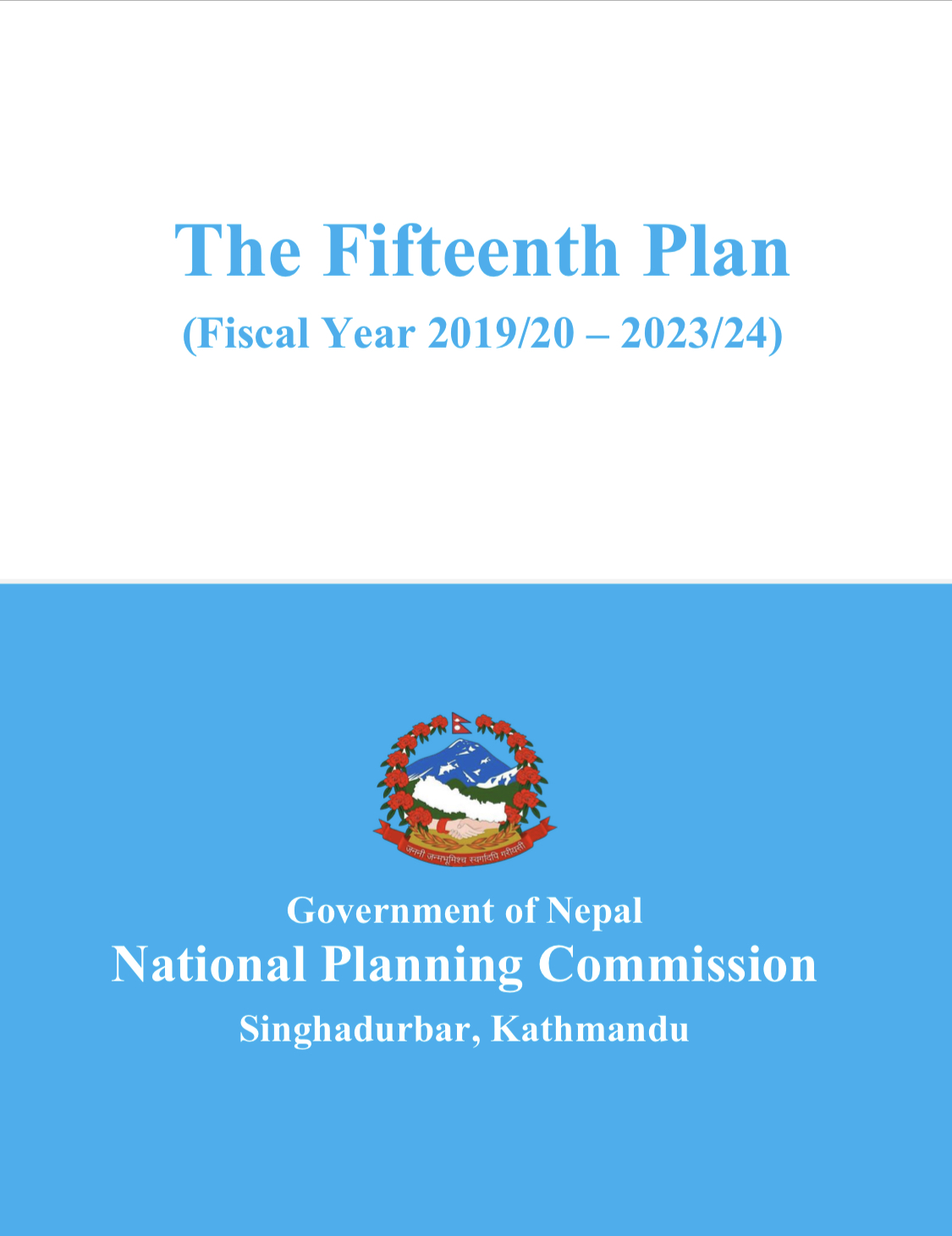Nepal’s economic growth in negative trend says CBS
Central Bureau of Statistics (CBS) disseminates new base for National Accounts Statistics. According to CBS Rebasing of the National Accounts Series is the process of replacing an old base year with a new and more recent base year for computing constant price estimates. Rebasing is taken as an opportunity to address the limitations regarding methodology, definitions and data sources of National Account Statistics. As per CBS the first base year of National Accounts was 1964/65 and first Rebasing was done in 1974/75. In Nepal’s context Rebasing of National Accounts is done every ten years. Second, third and fourth Rebasing were done in 1984/85, 1994/95 and 2000/01. This is the fifth series of Rebasing of National Accounts.
According to Rebased National Accounts Statistics Nepal’s economy is in negative growth of 1.99 percent at basic price scenario. But as unveiled earlier as per the old base Nepal’s economic growth was 2.27 percent. Similarly, GDP growth rate at purchase price scenario is also in negative trend of 1.88 percent, while it was 2.28 percent at old base.
However, Nepal’s economy is in negative growth due to COVID-19 pandemic the economic growth in the first quarter of the fiscal year (2077/78) shows an increase from -15.4 to -4.6 percent growth.
CBS says the rebasing does not change the economic facts but it rather measures them better giving more reliable and timely measure of economic growth.



